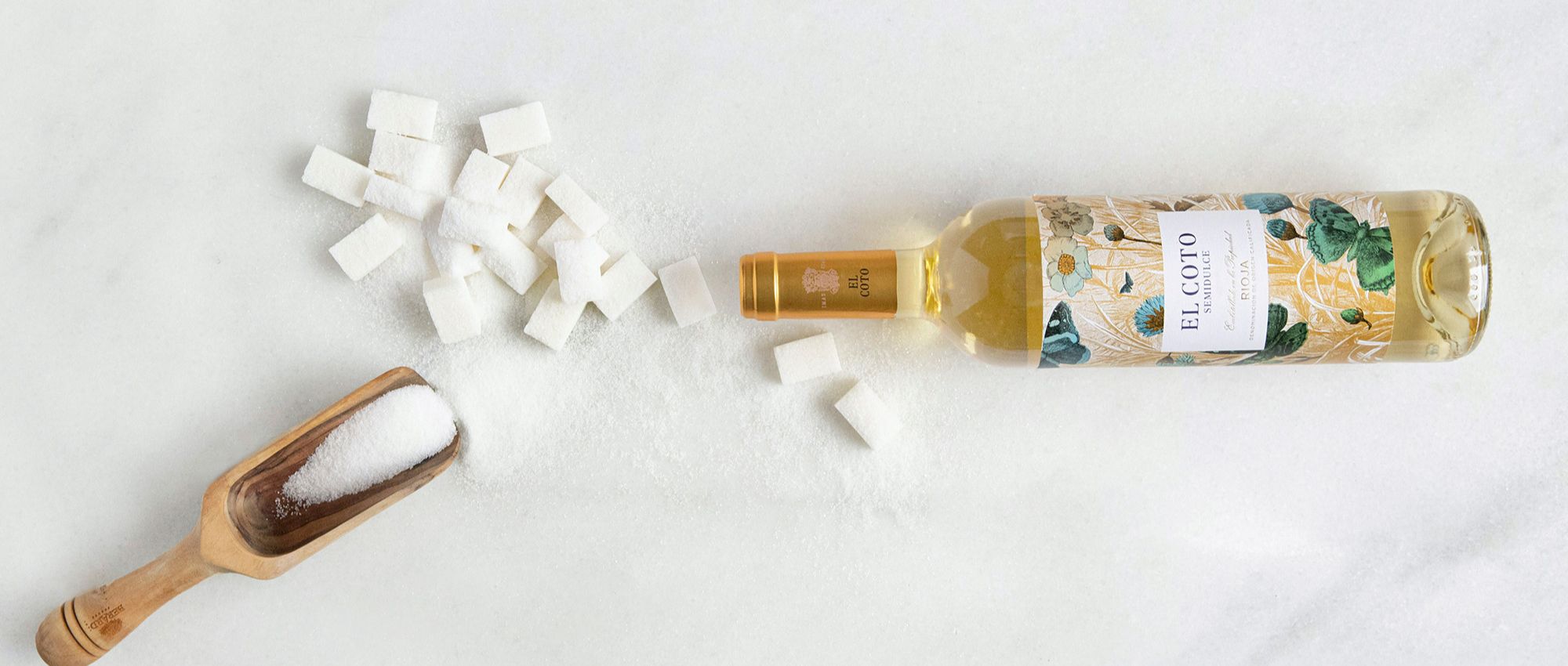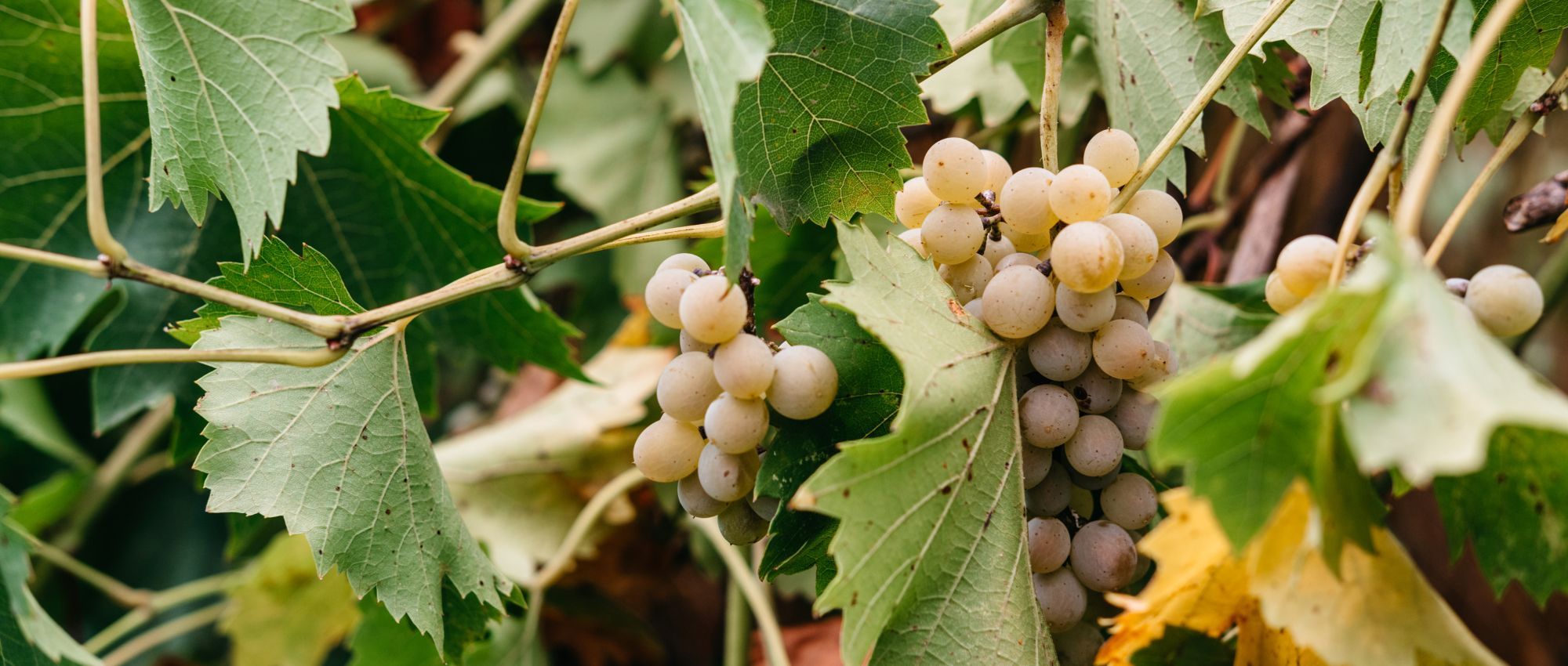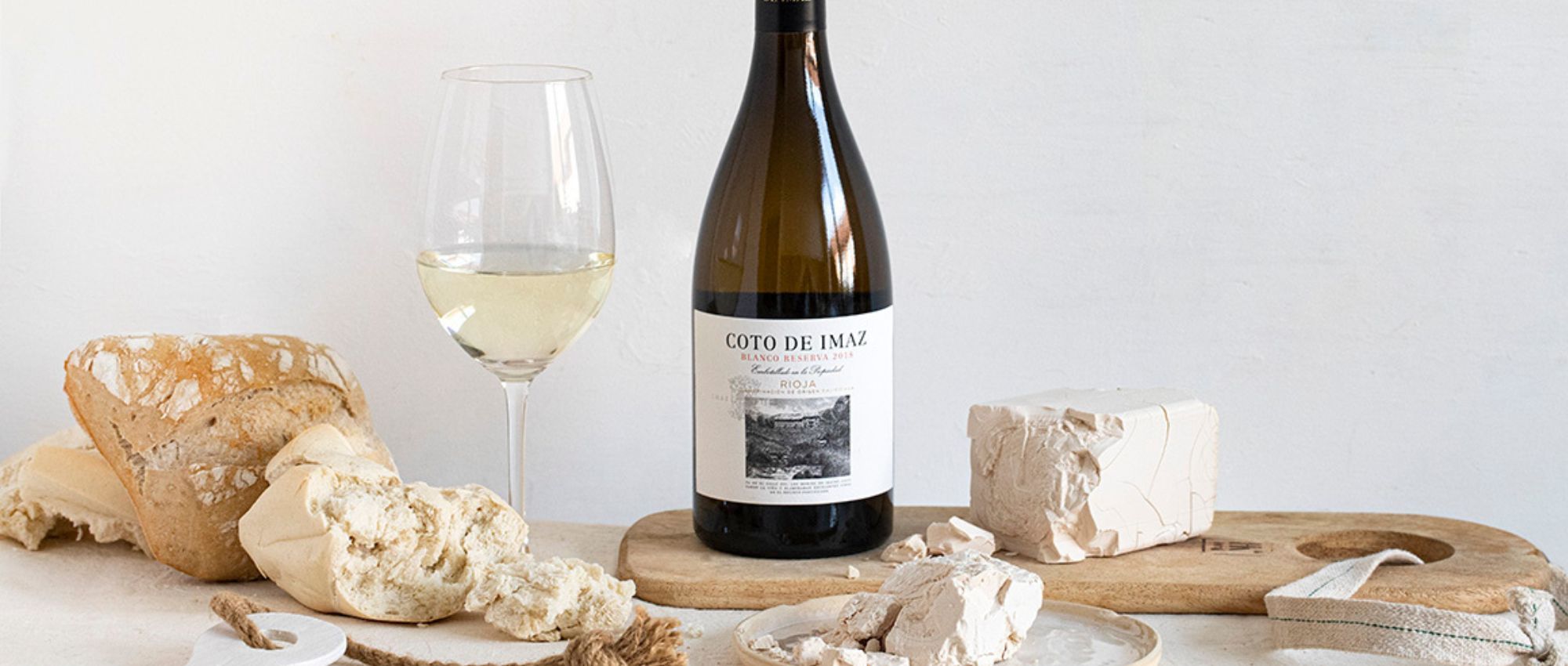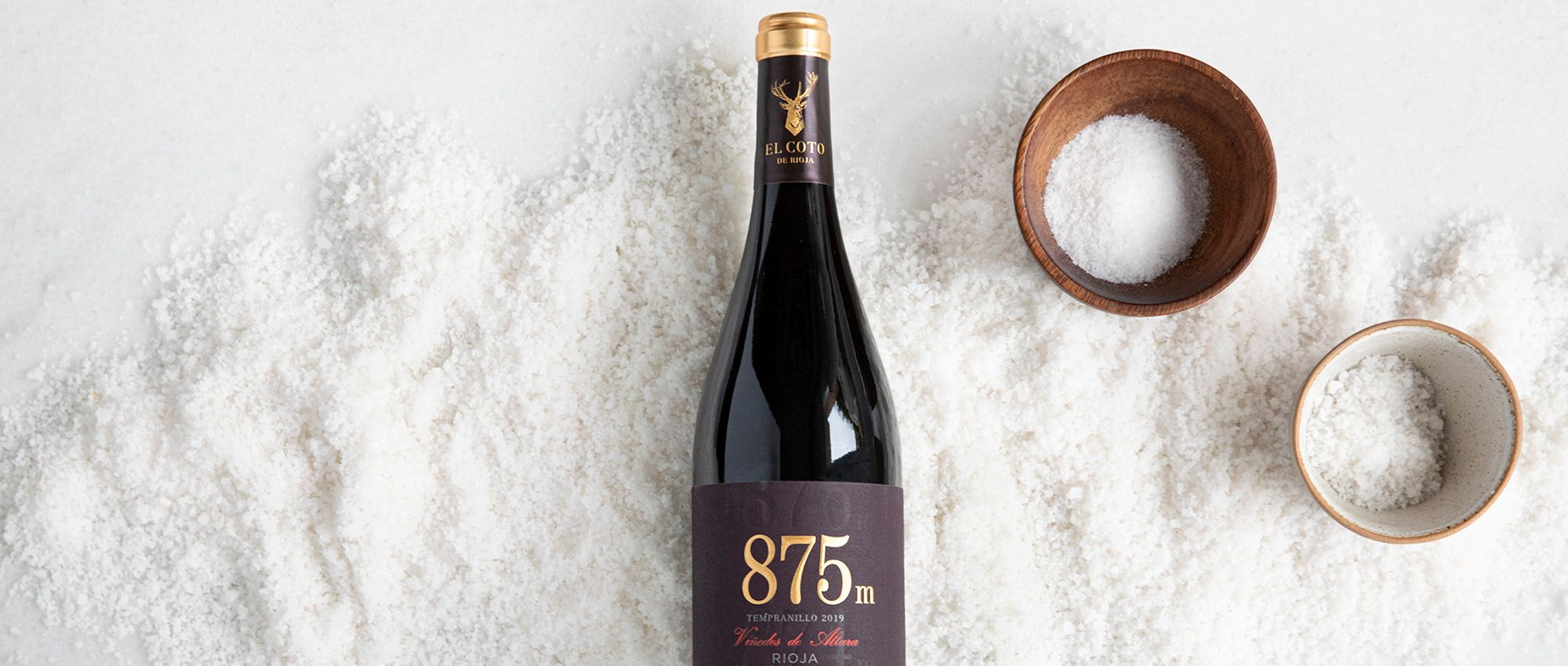
Does wine have a salty flavour?
Learn about one of the most difficult flavours in wine to detect, saltiness. Did you know that it exists? In the latest episode of WineClass, we speak about this enigmatic flavour, where it comes from and how to detect it in a wine tasting.
Feeling curious? Keep on reading!
Here at El Coto de Rioja, we love myth-busting, especially when people say that knowing your wines is a complicated business. It’s really not, we promise. WineClass is a clear example that wine lessons can be easy and fun.
Today, in episode eight, we’ll let you in on all you need to know about saltiness in wines. It’s one of the more complex flavours. Learn how to detect it and take your “wine moments” to the next level. Hit Play!

Saltiness in wine
As you know, there are five recognised flavours in wine, and we perceive each of them on different parts of the tongue thanks to how the tastebuds work.
As we mentioned, sweetness is detected on the tip of the tongue. When it comes to saltiness, it is a close area that picks up on saltiness, specifically the two sides of the tongue.
But what makes a wine salty? Let’s take a look.
What is a salty wine?
When we talk about the saltiness of a wine, we mainly mean the concentration of mineral salts in it. But where do they come from? From the vineyard.
Vineyards are planted in different soils that have a range of natural components (known as soluble salts). These are spread out across the layers of soil and are subsequently absorbed by the roots of the vine. As such, the concentration of these salts is what causes saltiness in wine.
Some of the most common components are phosphates, sulphates, potassium and sodium. What do these bring to the wine? Mainly complexity and a flavour boost.

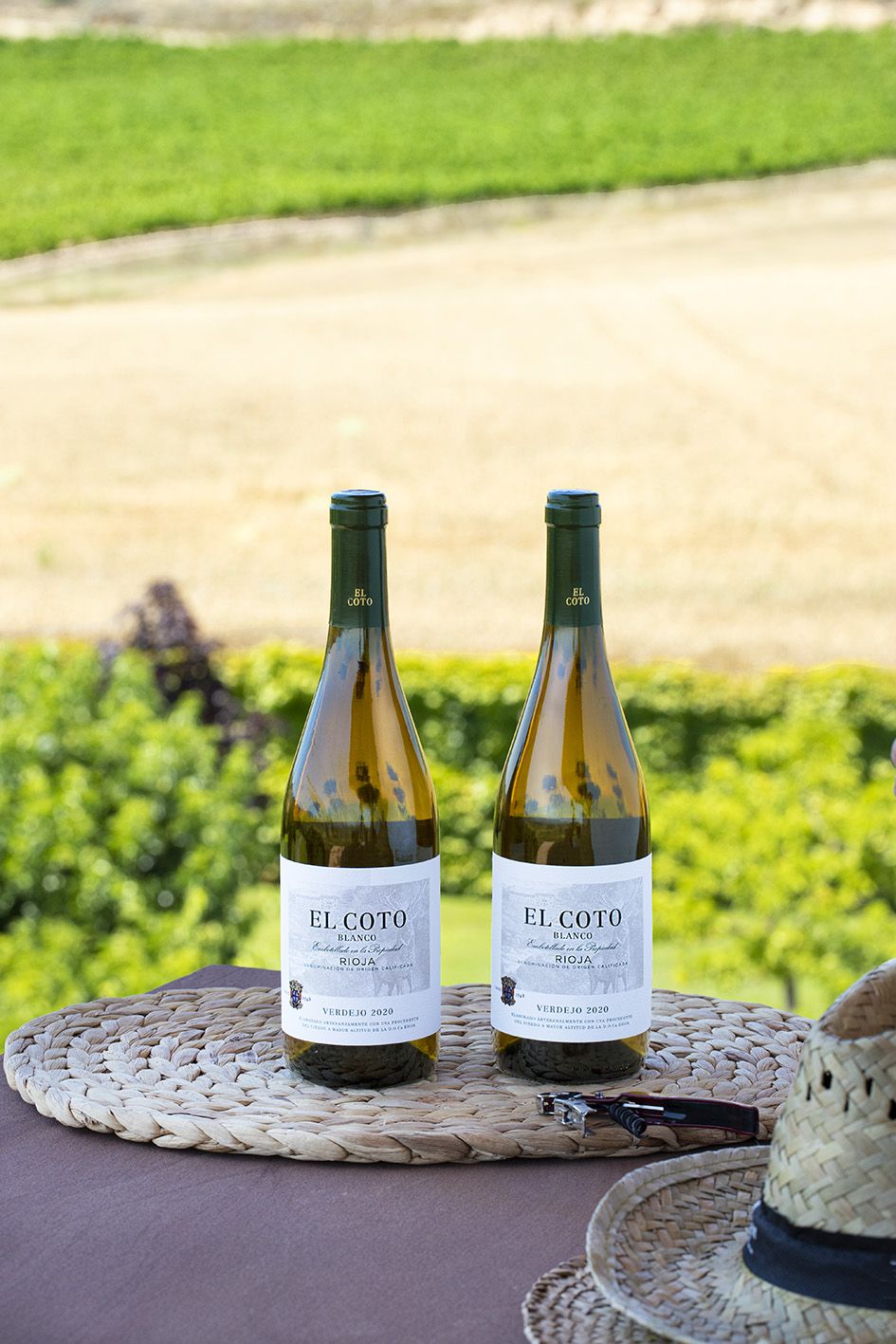
How much salt is there in wine?
Calculations show that a wine can have between 2-4 grams of salts per litre. This is a fairly low concentration and, as such, it makes it particularly difficult to detect them in a wine tasting. So, don’t worry if you don’t notice it at first. It’s all about practice.
The range of concentration of mineral salts are limited in the regulations depending on the component.
Saltier wines
As we mentioned, this concentration varies depending both on the soil type and the type of wine we are drinking. So, what are the saltiest wines and which are the sweetest?
Wines with a greater level of saltiness come from places near to the coast. In other words, one from vineyards near the sea. For example, some these are albariño, fino and manzanilla. In fact, the saltiest wine in Spain is manzanilla from Sanlúcar de Barrameda, Cádiz. Have you ever tried it?
Tips for recognising saltiness in wine
To recognise this flavour in wine (whether its red, white, rosé or sparkling wines), we recommend using foods or elements that are fairly close to what we want to taste. And what could be saltier than salt itself?
The best trick for learning how saltiness stimulates our taste buds is to make a simulation of salt water. To do this, just get a glass of water and add a handful of salt.
When you swish it around your mouth, you’ll clearly notice which part of the tongue is activated and, slowly but surely, you be able to recognise this feeling from wine. Be patient and remember that this flavour is quite complicated to detect. With practice, you’ll get it!
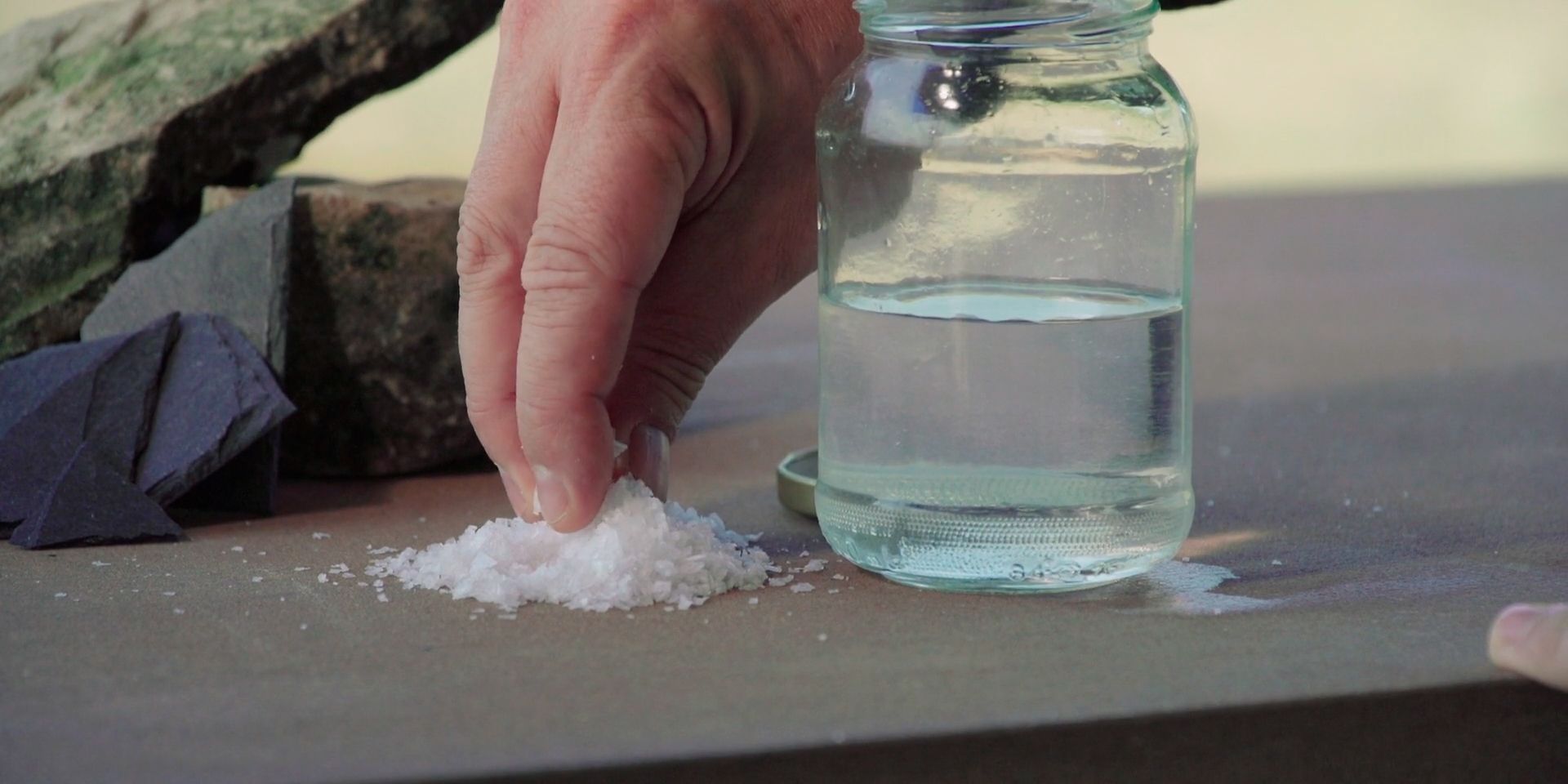
You can watch all the episodes of WineClass on our El Coto de Rioja YouTube channel. Here’s another tip! Click the bell icon to find out when we launch the next class. Which flavour will we tell you about next?
In the meantime, keep up to date with the world of wine and take a look at the rest of the content on our blog. For example, you could start with this one:






